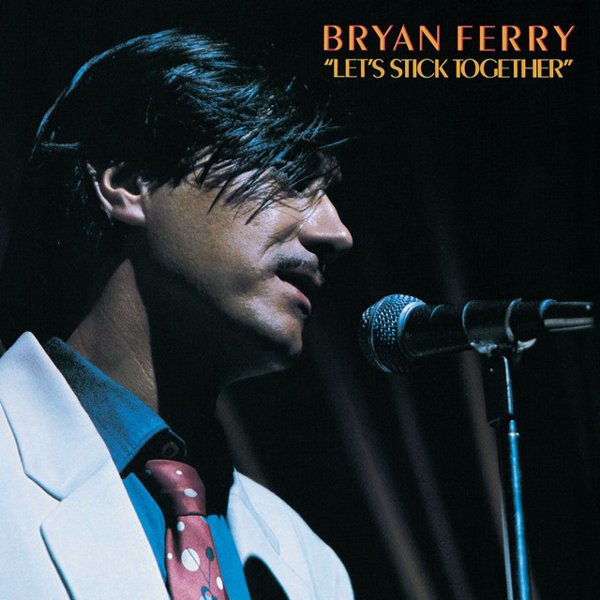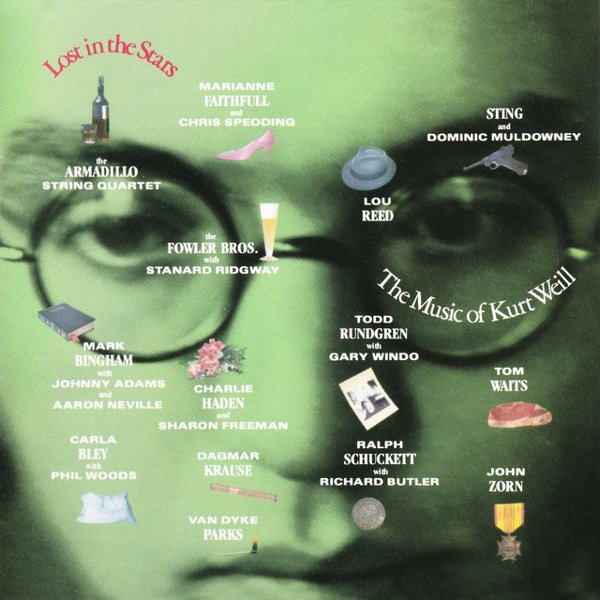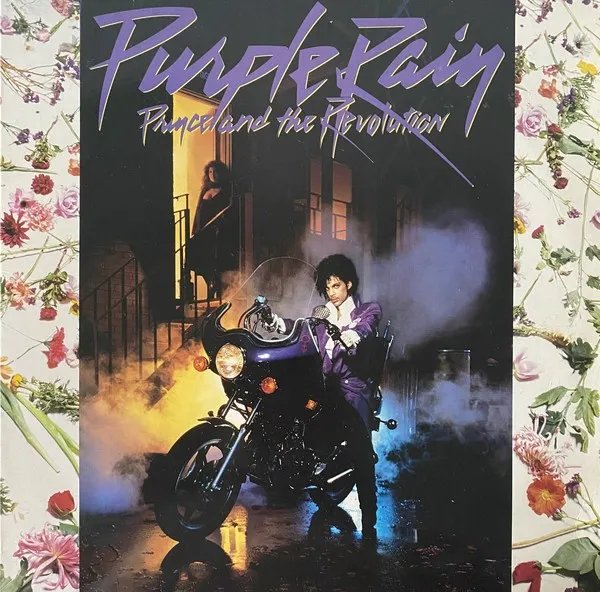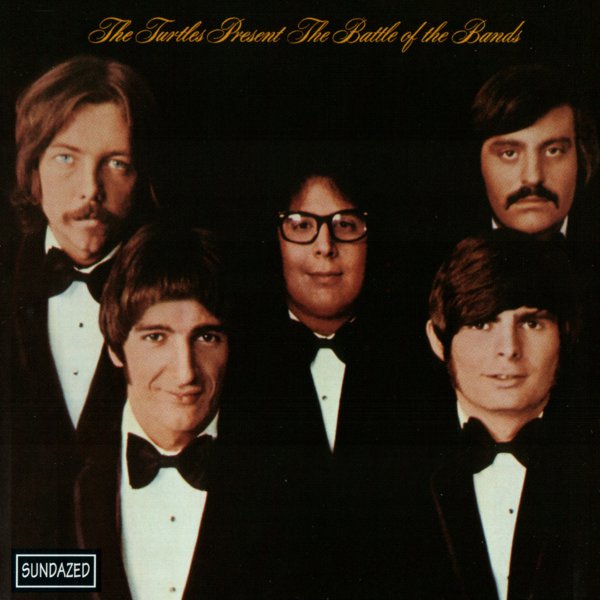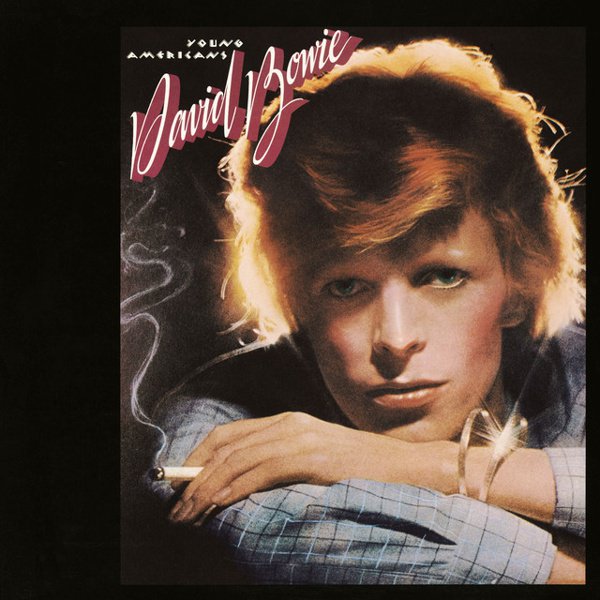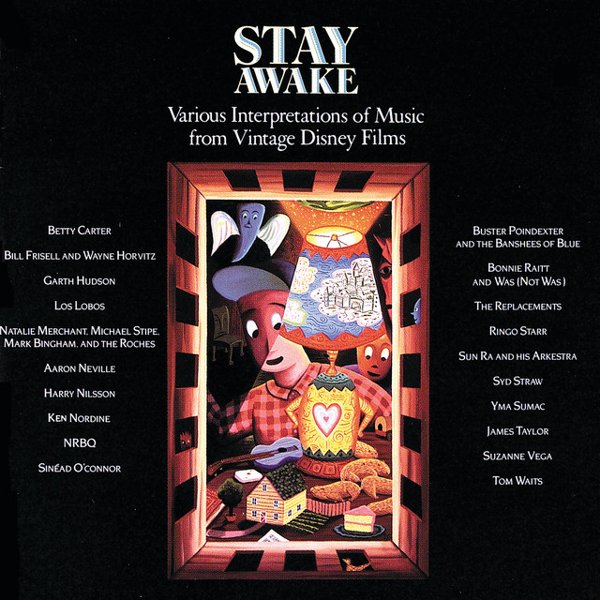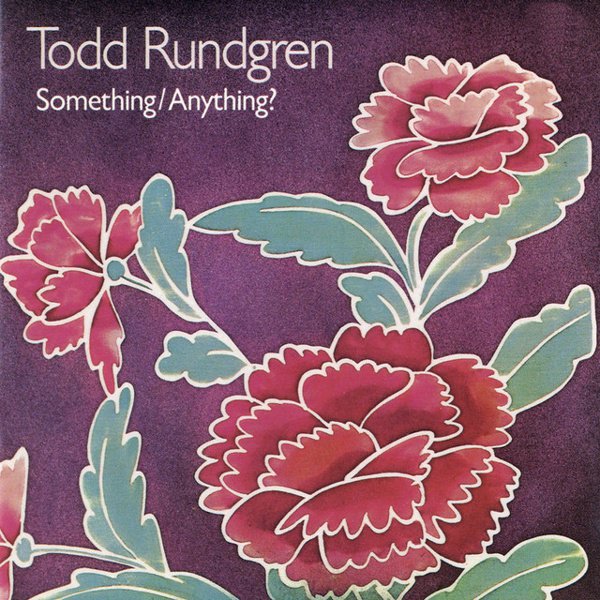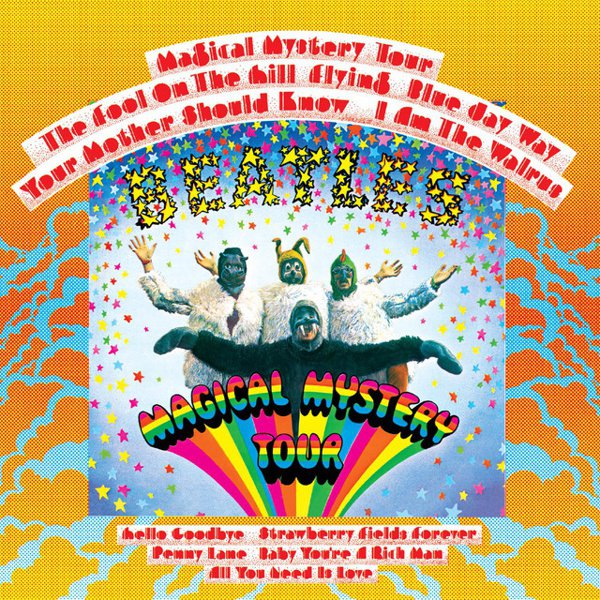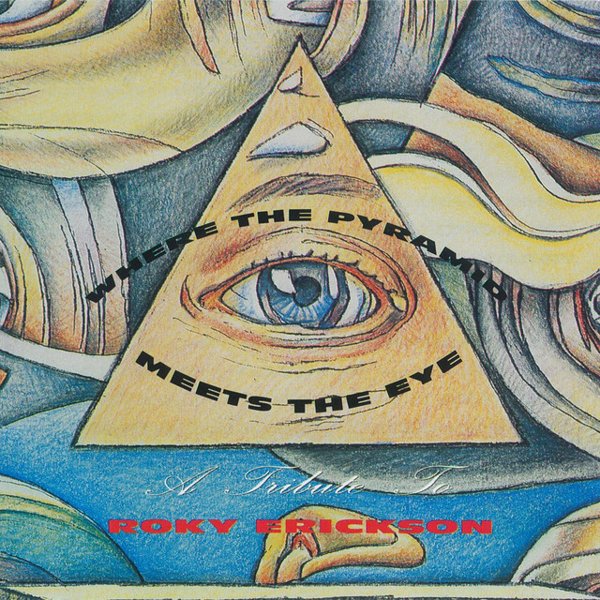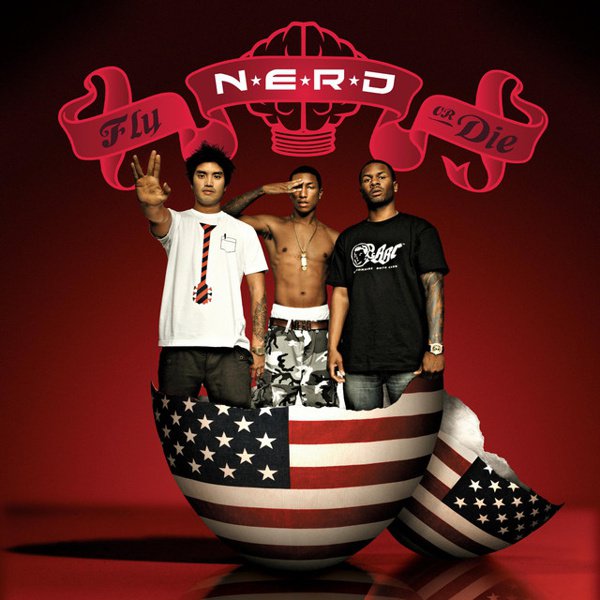Let's Stick Together
While Bryan Ferry’s first few solo albums tended to follow a familiar pattern — pop and rock standards delivered with a bizarro-posh panache that turns their familiarity into uncanny plasticity — his third, 1976’s Let’s Stick Together, struck a particularly weird chord. Its scattershot origins might be a factor, as the album’s basically a redux of the freshly-released, compellingly-titled EP Extended Play with another seven singles and b-sides padding it out to album length. But it’s still thematically and sonically cohesive, more or less, and the weirdness comes in when you confront it as a matter of attempted self-reinvention: no less than five cuts from the all-covers itinerary are remakes (and remodels) of still relatively-recent Roxy Music favorites. With the band officially on hiatus, hearing their frontman helm alternate-history takes of some of their best early songs gives things a sense of unsettled revisionism — though some of the forms these songs are revised into bring out new emotional angles. Debut deep cut “Chance Meeting” goes from icily guarded to wistfully regretful, “Re‐Make/Re‐Model” swaps out the original’s white-knuckle drive for a more slippery midtempo burnout funk, and Country Life loverman mockery “Casanova” sounds even more biting in its condemnation when it’s performed as a sawn-off Al Green pastiche. As for the rest of the itinerary, call it Ferry’s own dabbling in Bowie’s plastic soul, if a bit more rootless and ambivalent than the Philly-steeped Young Americans; the brassy full-steam boogie of the Wilbert Harrison cover title cut, the burbling clavinet at the center of minor Beatles classic “It’s Only Love,” and the louche downtempo warmth of “You Go to My Head” give Ferry’s art-kitsch sense of pop just enough room to bring both the sincerity and self-awareness to the forefront.

